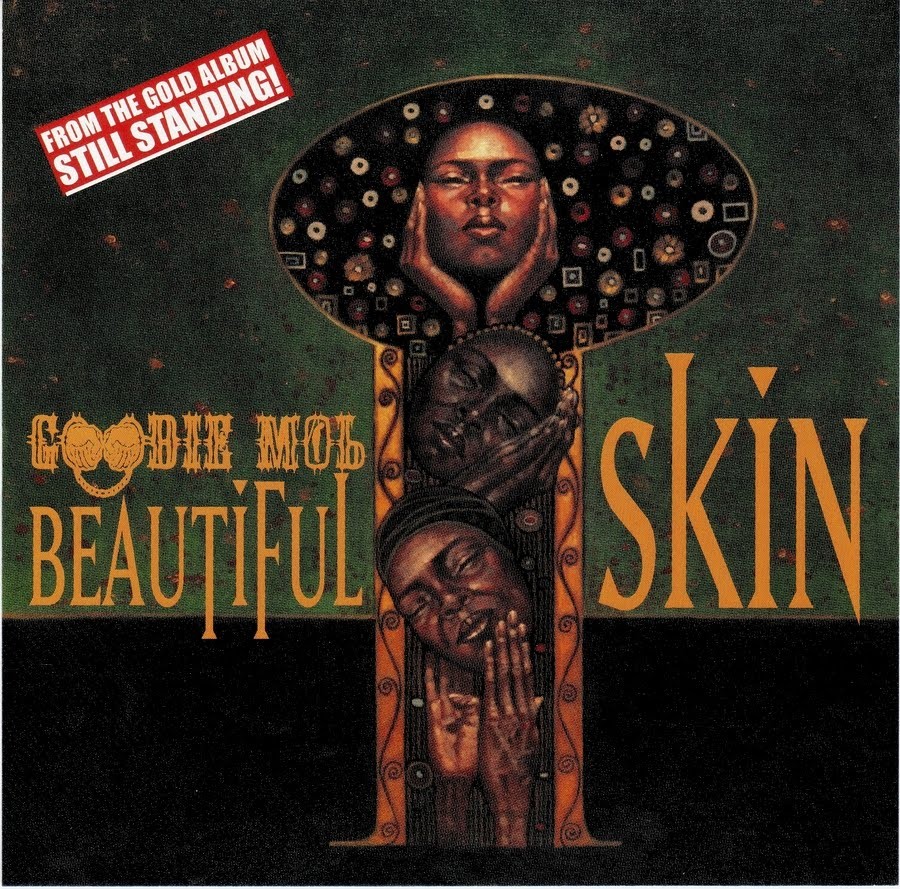Veteran rapper, producer DJ, and educator J-Live begged a rhetorical question on his 2015 album How Much Is Water? Although the entire record won’t center solely on this concept, the title track, referencing lessons taught amongst members of the Five Percent Nation, delves into the value of a resource many expect as free of potential dangers and steep costs.
“Charge poor what they don’t have to get what they can’t live without/
Tax your spot and pump it out/
Front like they really gonna work it out/
Hide your lakes, hide your wells, hide your springs, sh*t hide your hydro/
That’s where they go to hide the toxins/
Mad drugs in your water cycle/”
‘
That’s the thing about water. It’s made to feel as if it’s a plentiful resource, that it’s free of dangers. Well, at least that’s how it’s promoted to even the poorest populations. You’ve heard it, we’re sure: “There are countries who wished they had this much free-flowing water”
No doubt. To say that America has an embarrassment of riches when it comes to things many take for granted would be a crazy understatement. Drive through one of your fancy new communities and peep water sprinklers just on all day and through the night, gallons upon gallons of water keep those lawns looking meadow fresh.
But, we have to ask: “Well, how much is water?”
Imagine for a moment walking into a convenience store in Center City Philadelphia one blazing late August day. You just visited a coffee shop with a jug of perfectly fine water, let the city’s water department tell it. And you’ve been asking questions, digging into the questionable quality of Philly’s water. Ultimately, your reluctant to make that leap to tap water for obvious reasons. So you pay your $1.89 for a liter of supposedly safe spring H2O and walk about en route to the subway.
During that journey, you watch a handful of young people drinking that hood-renowned delicacy, the quarter water. You can’t front: you used to chug those things down when you were a kid; indeed, something about the contrast of these Black and Brown babies ingesting that swill makes you look at your nearly two-buck bottle of H20 to realize that my choice isn’t an really all that easy an option for struggling families.
Think about it: the human body really needs 2 liters of water daily to stay sufficiently hydrated. Broken down by cost, that means you’ll need to spend anywhere from $4-$5 per day – let’s just round it out to $5 per day once you factor in the tax. Doing that daily means you’ll have to dish out $35 a week – or $245 a month. Or nearly $3,000 a year … just on water. For one average Philadelphia adult living alone, the average monthly cost of food expenses is $265 – 92 percent of that was just consumed by water if you stick to that 2 liter a day regimen. Average median income in Philadelphia is just about $43,000, of which 7 percent could be spent on water by itself.
Imagine that cost with a child: you water costs can double, while the average cost of food spikes to nearly $400 a month. So, literally, the cost of food can’t keep up with the cost of water. The more people in an average Philadelphia household won’t be able to drink the essential amount of H2O needed to live a healthy life – all because of low quality (do you want to risk drinking toxic water just to save money each month?) and high cost (you can’t afford the “healthy” or “clean” water you need).
That goes back to what J-Live was rapping about on “How Much Is Water?” — “Charge poor what they don’t have to get what they can’t live without — that chills me to the bone when I think about how difficult it is to not only trust the water coming out the pipes but to realize the alternative is costlier by the day.
I called myself being economical by choosing a brand that was lower in price. Yet, it doesn’t excuse the fact that I can’t turn on a tap in any part of Philadelphia with measurable confidence that what I’m drinking is safe. This realization happens after a lengthy investigation on the ground suggesting we should have testing across the city at a widespread rate. But, a largely uninformed public probably doesn’t realize water safety should be a priority.
We can explain away until the day is long that healthy water for Black Philadelphians and other vulnerable residents of color is not just a moral matter. It is essential to the vitality and future of a city. Ignoring Philly’s water infrastructure without registering concerns people have about it equal to ignoring them altogether.
Every resident deserves a product that is safe to consume. Everyone should be able to use it in all forms. But until we closely examine just what’s coming out of the pipes, there is only so much we can trust when we’re sipping it.


